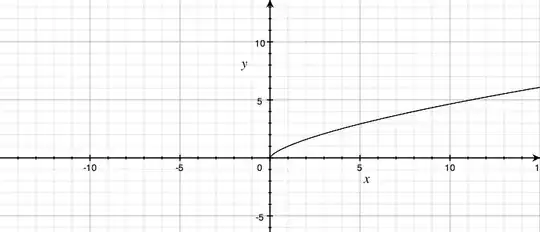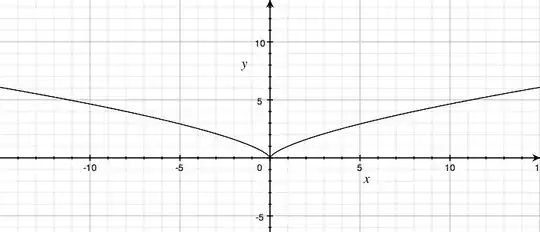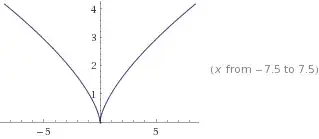I'm trying to graph $x^{2/3}$. If I enter $y=x^{2/3}$, my graphing program excludes negatives from the domain:
 However, if I enter it as either $y=\sqrt[3]{x^2}$ or $y=(x^{1/3})^2$, it includes the negative values of $x$:
However, if I enter it as either $y=\sqrt[3]{x^2}$ or $y=(x^{1/3})^2$, it includes the negative values of $x$:

I'd like to understand what's going on. My best guess is that while $x^{2/3}$ is well defined for negative values of $x$ (since the fractional exponent's denominator is an odd integer), the graphing program is being overly cautious in interpreting the expression. But that's just a guess. Any ideas what's happening here?
Thanks for the responses. As it seems this is a duplicate of a previously posted question, I'll vote to close this.

